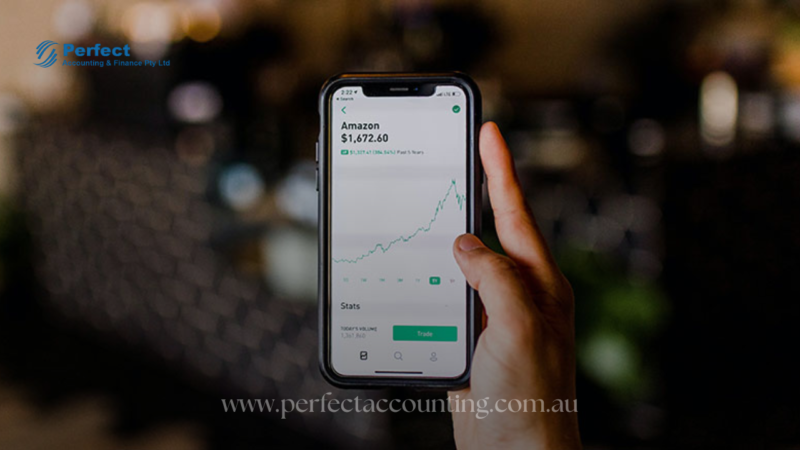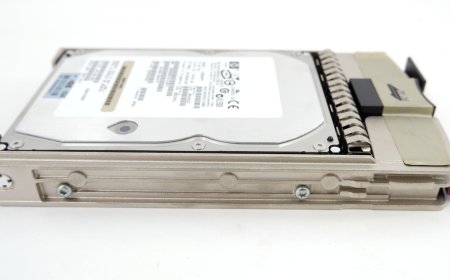How to Declare Shares in Your Tax Return (Australia)

Declaring shares in your tax return is essential for Australian taxpayers who earn income or make capital gains from investments. Whether youre a beginner investor or a seasoned trader, correctly reporting your shares ensures you stay compliant with the Australian Taxation Office (ATO) and avoid unnecessary penalties.
This article outlines everything you need to know about declaring shares in your Australian tax return, including dividends, capital gains, and record-keeping tips.
1.When Do You Need to Declare Shares?
You need to declare shares in your tax return if you:
-
Receivedividends(income from shares)
-
Sell shares and make acapital gain or loss
-
Participate in events like share buybacks, stock splits, or bonus issues
Even if you havent sold any shares, dividends still count as taxable income.
2.Declaring Dividend Income
a.Where to Declare
Dividend income is reported under theIncomesection of your individual tax return, typically atItem 11 Dividends.
b.Types of Dividends
-
Franked dividends: These include a franking credit, representing tax already paid by the company.
-
Unfranked dividends: No tax has been paid at the company level.
c.What You Need
Keep statements from each company that paid you dividends. Each dividend statement will show:
-
Payment amount
-
Franking credit
-
Payment date
-
Shareholder details
You must reportboththe cash dividend and the franking credit, as the credit will count toward your tax offset.
3.Declaring Capital Gains or Losses
If you sold shares during the financial year (1 July 30 June), you may have made acapital gain or capital loss.
a.Where to Declare
Capital gains or losses are reported underItem 18 Capital Gainsin your tax return.
b.How to Calculate Capital Gains
A capital gain = Sale price Purchase price (including brokerage fees)
You may be eligible for a50% CGT discountif you held the shares for more than 12 months before selling.
If you made a capital loss, you cant use it to offset other income, but you cancarry it forwardto offset future capital gains.
4.Record-Keeping Requirements
To declare your shares accurately, keep records of:
-
Purchase and sale contracts
-
Dividend statements
-
DRP (Dividend Reinvestment Plan) details
-
Corporate actions (e.g., stock splits)
-
Brokerage fees and charges
You should retain these documents forat least 5 yearsafter lodging your tax return.
5.UsingATOPre-Fill and myTax
If youre usingmyTaxor a registered tax agent, much of your dividend income may already be pre-filled by the ATO. However, its your responsibility to:
-
Verify the information
-
Add missing income or sales
-
Correct any errors
6.Common Mistakes to Avoid
-
Forgetting to include DRP shares in your cost base
-
Not reporting capital losses correctly
-
Failing to declare foreign dividends
-
Relying solely on ATO pre-fill without cross-checking
7.Getting Help
If youre unsure about how to declare your shares:
-
Speak with aregistered tax agent
-
Use theATOs Capital Gains Tax Record Keeping Tool
-
Refer to ATO guides on CGT and dividends
Final Thoughts
Declaring shares in your Australian tax return may seem complex at first, but with proper records and understanding of the rules, it becomes manageable. Being accurate and transparent with your share investments not only keeps you compliant but may also result in tax savings through credits and deductions.







































